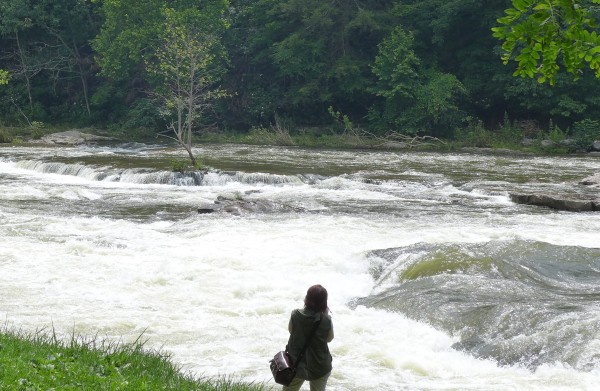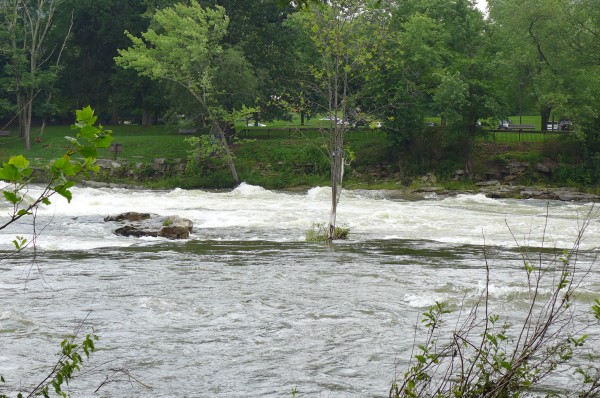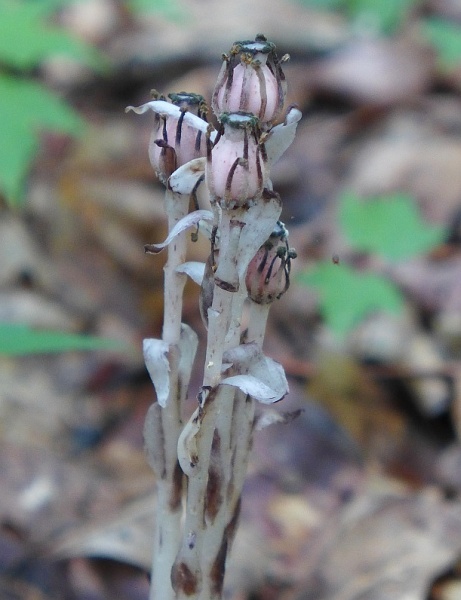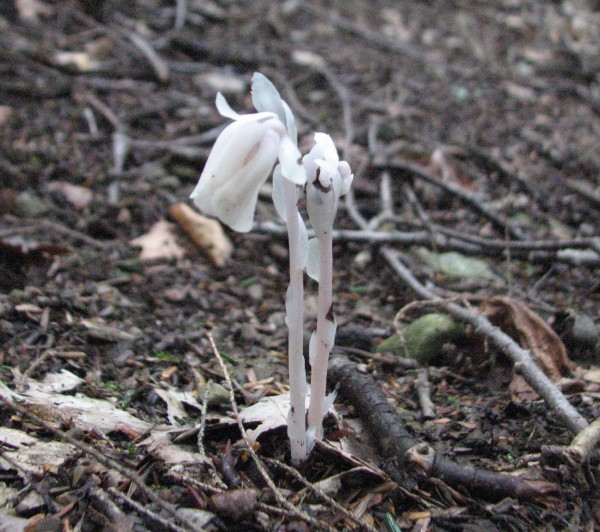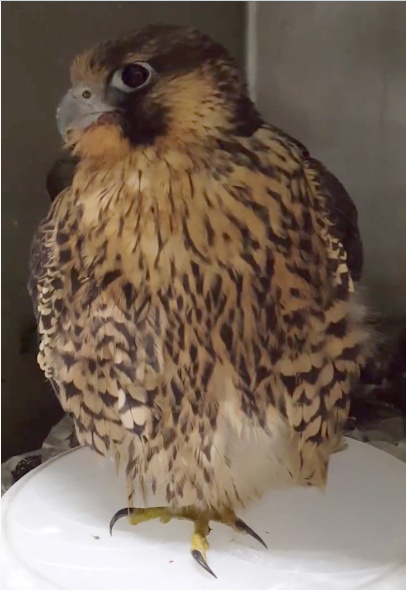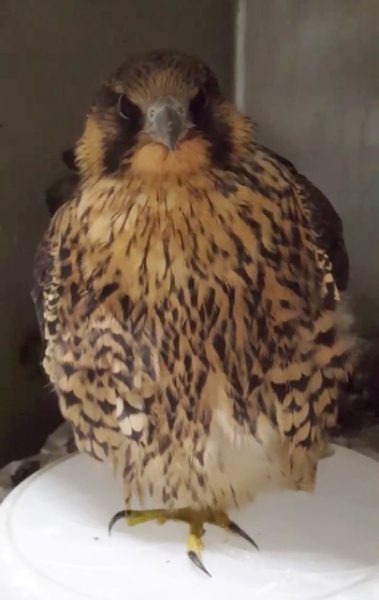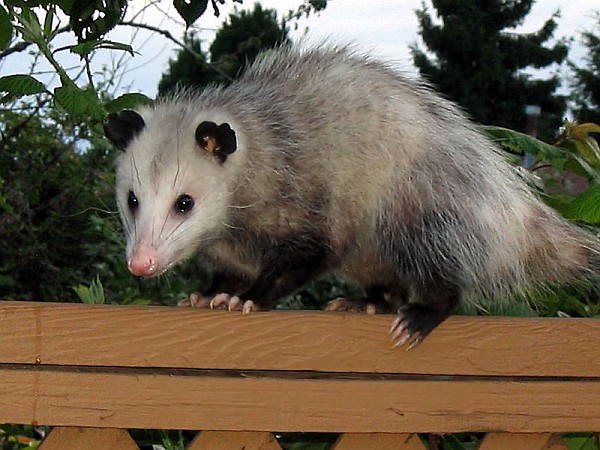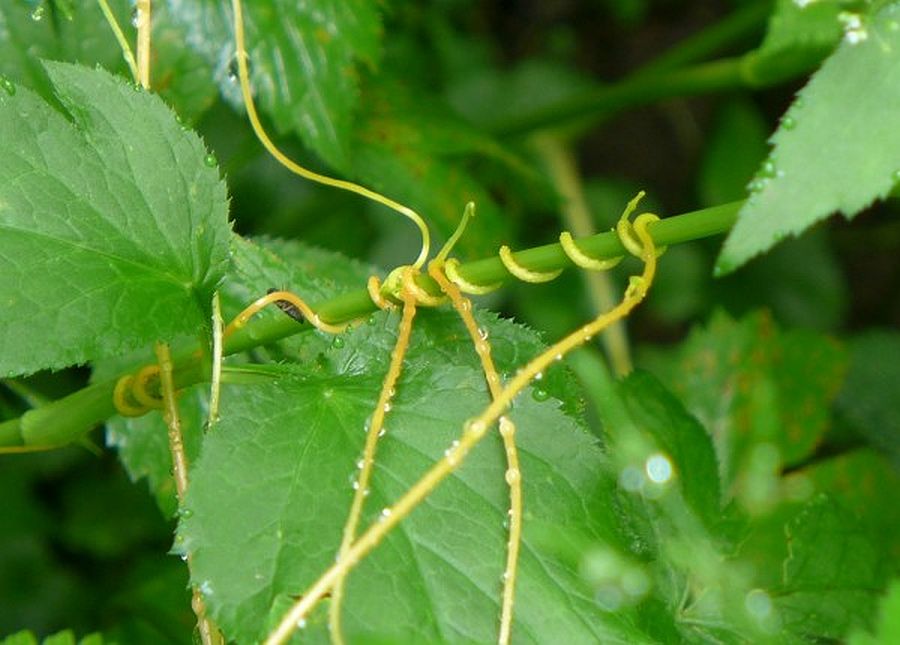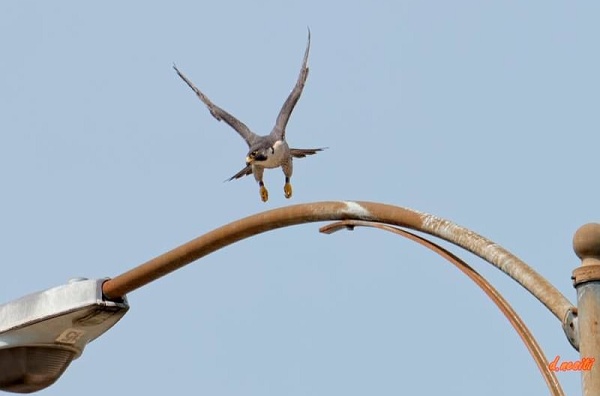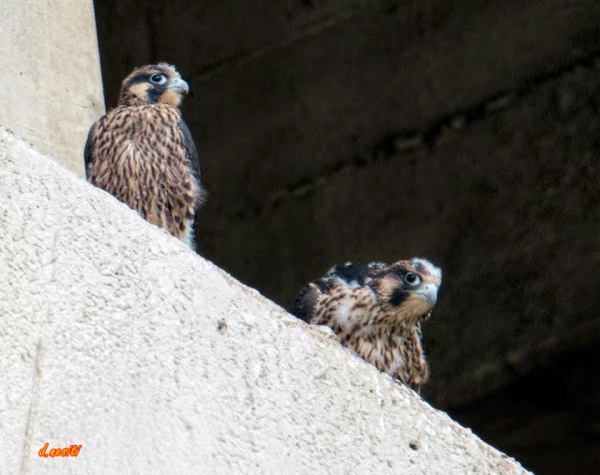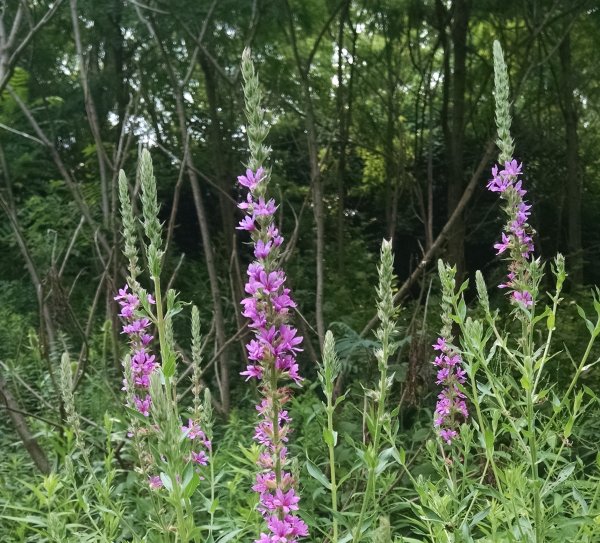
In a recent Peregrine FAQ I described how peregrine falcons are not social creatures like we are. In fact most raptors don’t hang out with their relatives, so that siblings from different years and birds separated by more than one generation can’t know that they’re related.
Since they don’t know their relatives, how do raptors avoid interbreeding? By traveling.
Young raptors naturally disperse far from home and females typically travel twice as far as males, thereby mixing the gene pool. Here’s how far some of Pittsburgh’s peregrines traveled from where they were born:
- Downtown Pittsburgh: Louie dispersed 2.3 miles, Dori traveled 93 miles from Akron, Ohio
- Cathedral of Learning: E2 dispersed 2.3 miles, Dorothy traveled 450 miles from Milwaukee, Wisconsin
- Neville Island I-79: Beau dispersed 10.7 miles, Magnum traveled 79 miles from Canton, Ohio
Bald eagles are much more social than peregrines. They fish and roost together in early winter but when it comes time to breed they disperse far and wide. Close interbreeding among bald eagles is rare.
That’s why it was such a surprise to discover that this year’s pair nesting near Norfolk Botanical Garden is father and daughter.
The male is not banded but he has a unique tiny black dot in his left iris, called an inclusion, that’s visible in good photographs. This identified him as the 25-year-old male that used to nest in the Garden.
His mate is banded with the code “HE,” a band she received six years ago when she was a nestling at Norfolk Botanical Garden. Yes, she’s his daughter.
Their close relationship was reported this spring by the Center for Conservation Biology (CCB) that monitors bald eagles in Virginia and banded “HE” in 2009. CCB’s blog article provides details and photos.
It’s unusual for a female to settle so close to her birthplace but this location has had many challenges. After the old female was killed by an airplane at nearby Norfolk International Airport in 2011, eagles were no longer allowed to nest at the Garden. The male and all his potential mates were harassed away. Nine nests were destroyed. All the females left. The male didn’t nest for three years. (Click here for the story.)
Unusual as this pairing is, the good news is that he finally found a mate, they found a safe place to nest, and together they fledged one eaglet on May 29.
It all worked out in the end.
(photos of the NBG pair courtesy of Mike Inman, inmansimages.com)
p.s. As part of their monitoring efforts CCB recently identified a female bald eagle with an unusual story. Click here to read about ‘Dolly’, born at the Birmingham (Alabama) Zoo to injured, unreleasable parents, she now nests along the James River in Virginia.

